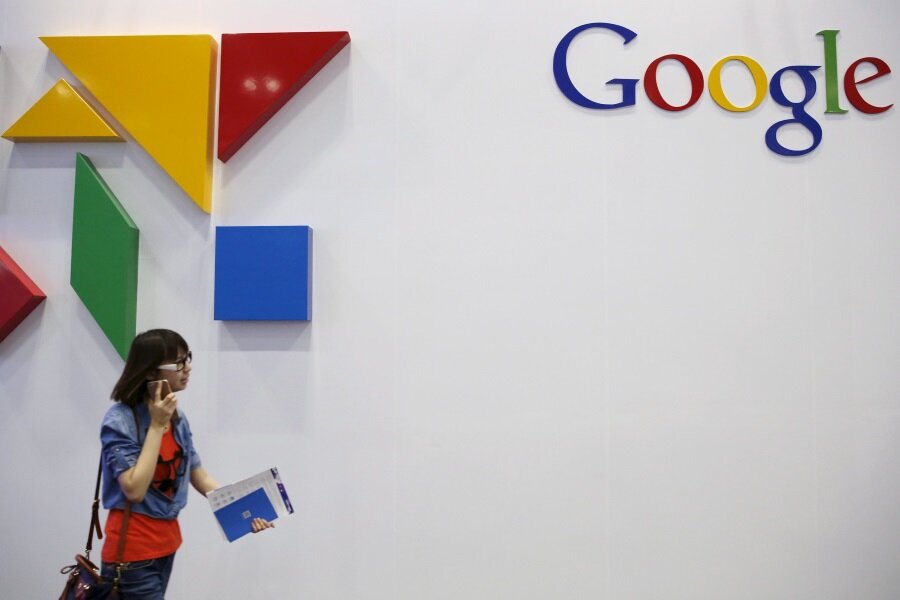How Google Fiber changes the cities it's chosen
Loading...
Google announced on Friday that it has selected three more cities – San Diego, Irvine, Calif., and Louisville, Ky – for Google Fiber installation. The company will meet with leaders in each of the three cities to make sure there aren’t any unforeseen obstacles to construction, and officials will start getting ready for a large-scale fiber rollout.
It’s not a foregone conclusion that the three cities will actually receive Google Fiber. Anything from zoning complications to difficult terrain could lead to the conclusion that Google Fiber simply isn’t a good fit for one or more of the cities.
But if all goes smoothly, residents of San Diego, Irvine, and Louisville, could enjoy super-fast gigabit Internet within the next few years. (A gigabit connection offers upload and download speeds of one gigabit per second, which is about 30 times faster than the average broadband connection in the US.)
If these three cities go live, it will bring the total number of Google Fiber installations to 12. The service is already humming along in Kansas City; Austin; and Provo, Utah; and Google is working to expand it to Atlanta, Charlotte, Nashville, Raleigh-Durham, Salt Lake City, and San Antonio.
But even though Google Fiber is expanding slowly, the service is having an effect in lots of other cities. That’s because existing providers such as Comcast and AT&T are rolling out their own super-fast Internet services in cities where Google Fiber is being built, or where Google is rumored to be considering a build.
Last year AT&T began offering gigabit fiber service in Austin, at about the same time that Google Fiber began accepting signups. And earlier in the year AT&T announced that it was considering expanding gigabit fiber service to 100 cities in 21 metro areas, mostly in southern and western states.
In April, Comcast announced it would offer 2-gigabit service to customers in Atlanta, where Google Fiber is currently being installed. (That kind of speed doesn’t come cheap: Comcast said the 2-gigabit service would cost $159 per month at the outset, then jump to a nickel under $300 per month. By comparison, Google Fiber costs $70 per month in Austin, or $130 if it’s bundled with a streaming video service.)
Google doesn’t have the resources to roll out fiber service in every city that wants it. But the growing number of Google Fiber installations shows that there’s a demand for super-fast Internet, and it puts competitive pressure on incumbent providers to roll out their own fiber services. Earlier this year, Atlanta Mayor Kasim Reed said in a news release that “high-speed Internet access is essential to participate in the 21st-century economy,” and noted that fiber Internet can be an important tool for cities to attract and retain high-tech businesses.








